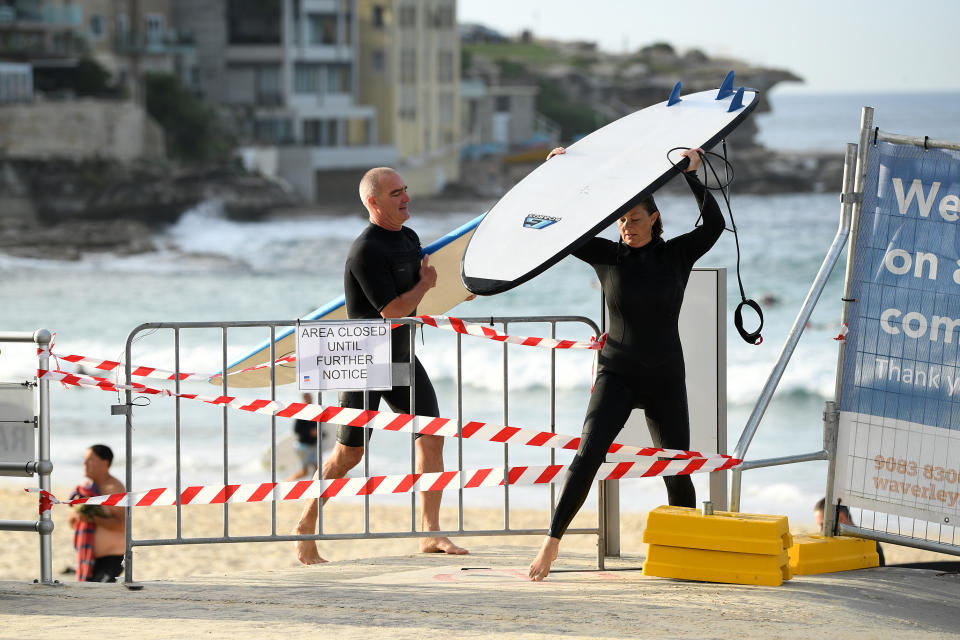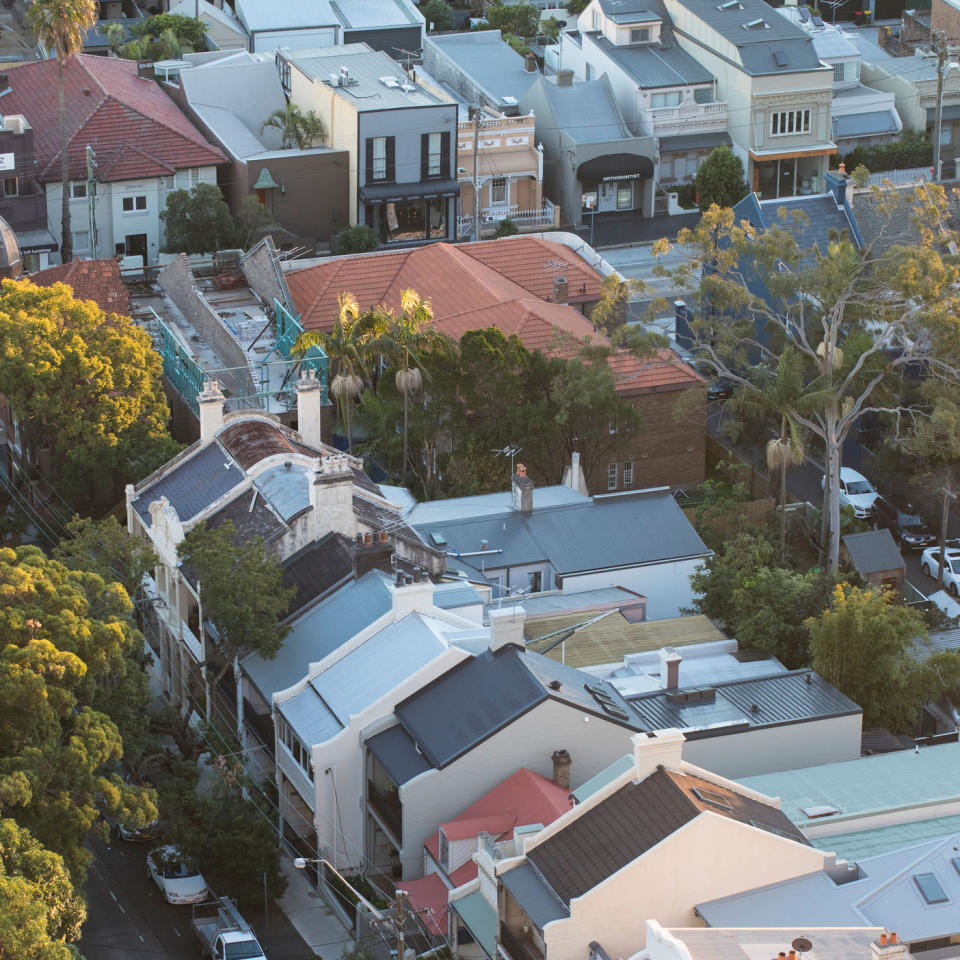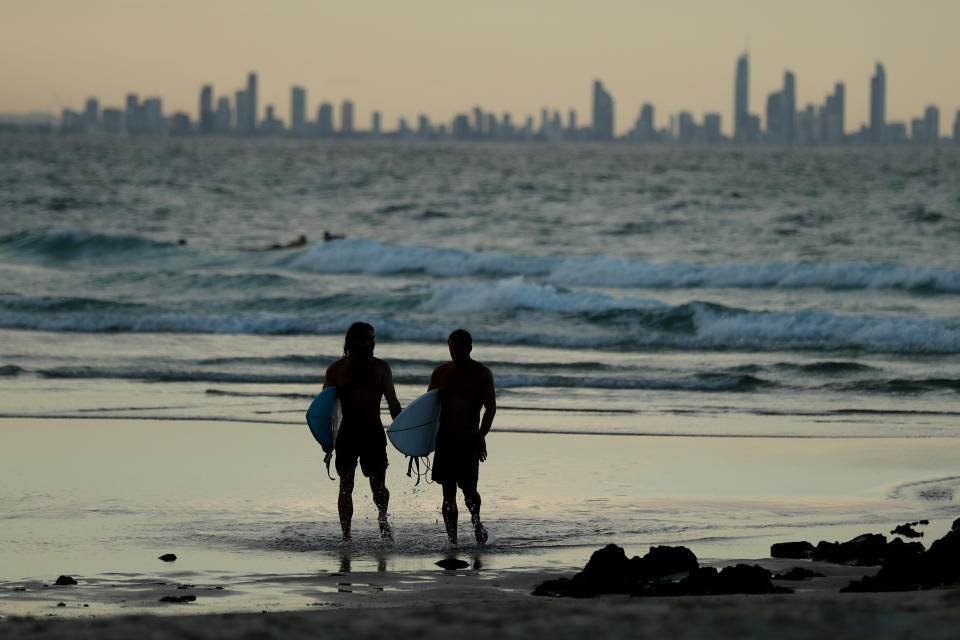Revealed: The wealthy suburb that's Australia's newest coronavirus hotspot
Sydney’s eastern suburbs council area of Waverley has been identified as the latest Australian epicentre for coronavirus.
The alarming revelation comes days after Bondi Beach, which is under Waverley Council’s jurisdiction, was in the spotlight globally after thousands of people ignored social distancing restrictions and flocked to the ocean amid a surge in temperature.
As of Friday, 116 of NSW’s 1405 cases, nearly 10 per cent, occurred in the area with a population of roughly 75,000.
Coronavirus live blog: Latest news and updates from Australia
Among the record numbers recorded in the affluent region were a handful of backpackers who contracted the virus after attending parties in the Bondi area.
The council closed the beach last Saturday however some ignored the restrictions, and similar measures at nearby beaches, adding to the growing concern the public isn’t taking the government’s restrictions seriously.
The densely populated area of Bondi Junction is also in Waverley’s jurisdiction.
Beaches are proving to be hot spots with the Northern Beaches the next highest with 77 confirmed cases. Sydney’s LGA came in third with 77 while Woollahra, which neighbours Waverley, has 68.
On Friday morning, NSW cases shot up by another 186 cases to 1405, more than 800 more than Victoria.

NSW has recorded seven of the 13 deaths in Australia.
Blacktown, Hornsby, Randwick, Ryde, Sutherland Shire Canterbury-Bankstown and the Central Coast regions all have more than 30 cases.
Premier Gladys Berejiklian reiterated the importance of staying indoors at a press conference on Friday.

“It is so important that all of us, all of us, maintain social distancing if we have to be out and about,” she said.
“All of us don't do anything, unless we have to outside of our homes, and make sure those most vulnerable don't leave their homes.”
NSW Police are now enforcing $1000 on-the-spot fines for those failing to adhere to restrictions.

Victoria’s hotspots
In Victoria, Stonnington Council in Melbourne’s inner east which incorporates the affluent area of Toorak, has 58 cases – the state’s highest.
The Mornington Peninsula was the second-highest with 39 confirmed cases of COVID-19.
Glen Eira, in Melbourne’s southeast, currently has 27 while Boroondara, in the city’s east, has 28.
Queensland’s beaches turn into hotspots
Queensland’s coronavirus cases are concentrated in the state’s southeast. Of Queensland’s 493 cases, 167 are from the Brisbane metropolitan area.

Outside of the city, it’s the state’s tourist hotspots and beaches which are seeing the highest concentration of COVID-19 cases.
The Gold Coast has 106 while the Sunshine Coast, home to Noosa, Coolum, and Peregian beaches, north of Brisbane, has 64 cases.
Do you have a story tip? Email: newsroomau@yahoonews.com.
You can also follow us on Facebook, Instagram and Twitter and download the Yahoo News app from the App Store or Google Play.





